Retro Replay Review
Gameplay
Enlightenus reinvents the hidden-object genre by replacing traditional list-based hunts with a more interactive drag-and-drop system. As a detective summoned to the isolated mansion of author Edgar Lee, you’ll pick up items in each static scene and carefully place them in logical locations to unlock new areas. This point-and-click framework will feel familiar to fans of Myst, but the inventory-based puzzles give it a fresh strategic layer.
(HEY YOU!! We hope you enjoy! We try not to run ads. So basically, this is a very expensive hobby running this site. Please consider joining us for updates, forums, and more. Network w/ us to make some cash or friends while retro gaming, and you can win some free retro games for posting. Okay, carry on 👍)
The game is divided into three distinct modes that cycle smoothly as you progress. First you explore Edgar Lee’s residence, scouring rooms for keys, tools, and cryptic notes. Clicking on certain hotspots transports you to world-within-a-book sequences, where you’ll solve bite-sized association puzzles—popping balloons with needles, restoring antlers to trophies, or using hammers to break fragile barriers. Completing these mini-games earns you decorative buttons.
Finally, the portrait puzzle ties everything together: you slot your engraved buttons into two columns flanking a central painting, guided by riddle-like clues. The contextual cursor helps you know when you can move forward (an arrow) or zoom in (a magnifying glass), and a crystal ball hint system gently nudges you when you’re stuck. Overall, the mix of logic, exploration, and matching challenges keeps the pacing brisk and engaging.
Graphics
Visually, Enlightenus leans on richly detailed pre-rendered backgrounds that evoke a moody, literary atmosphere. Edgar Lee’s mansion is draped in gothic shadows, faded wallpaper, and antique furnishings that reward patient examination. Each static screen is meticulously crafted so that hidden items blend naturally into the environment rather than feeling artificially placed.
The book worlds burst into color with their own distinct palettes and motifs. One page might transport you to a sun-dappled forest glade, while another reveals a steampunk laboratory bristling with brass gears. These varying aesthetics prevent visual fatigue and underscore the game’s theme of traveling between literary dimensions. The transitions between the mansion and the bookscapes are seamless, reinforcing the illusion that Lee’s machine truly bridges reality and fiction.
Even the smallest details—like the engraved patterns on your collectible buttons or the subtle dust motes in a slanted beam of light—add depth and polish. Animations are limited to cursor changes and puzzle mechanics, but the overall crispness and careful lighting give each tableau a painterly quality. For a hidden-object adventure, the art direction is both functional and evocative.
Story
At its core, Enlightenus tells a meta-mystery: a detective investigating the vanishing pages of Edgar Lee’s unfinished novels. Lee himself is a legendary yet reclusive writer who reveals that a mysterious machine in his study allows him to step into the worlds he creates. When critical pages are stolen and scattered across these realms, you must don your sleuthing hat and journey after them one by one.
The narrative is delivered through carefully penned letters and atmospheric environmental storytelling. You won’t find lengthy dialogue trees or voiced cutscenes, but each scene’s layout and hidden note fragments conjure a palpable sense of intrigue. There’s a slow burn to the plot—hints of Lee’s obsession with the machine, cryptic allusions to darker forces at play, and the detective’s own mounting curiosity about the price of creative genius.
The interplay between reality and fiction is the game’s greatest thematic strength. By physically placing objects in both the mansion and the book worlds, you feel connected to Lee’s artistic process—and to the detective’s growing unease as the boundary between the two realms begins to blur. The story propels you forward without ever feeling rushed or overly expositional.
Overall Experience
Enlightenus offers a satisfyingly balanced blend of exploration, puzzle-solving, and narrative intrigue. The three-mode structure ensures variety: one moment you’re rifling through dusty drawers in a dim hallway, the next you’re tactically matching buttons to riddles in a surreal book landscape. This steady rhythm of discovery keeps the experience from ever feeling repetitive.
The hint system is thoughtfully implemented, with a crystal ball that glows softly when you hover over a hotspot. If you collect extra hint cards in the book sections, you can save them for trickier portrait puzzles. While hardcore puzzle fans may find some challenges straightforward, casual players will appreciate the gentle guidance and clear visual feedback.
For anyone who cherishes story-driven adventures with a hidden-object twist, Enlightenus is a standout. Its evocative art, clever puzzle design, and compelling meta-mystery make it an ideal choice for an afternoon of immersive sleuthing. Whether you’re a veteran of first-person adventure games or new to the genre, this title invites you to step inside the pages and unearth secrets that lie between reality and fiction.
 Retro Replay Retro Replay gaming reviews, news, emulation, geek stuff and more!
Retro Replay Retro Replay gaming reviews, news, emulation, geek stuff and more!
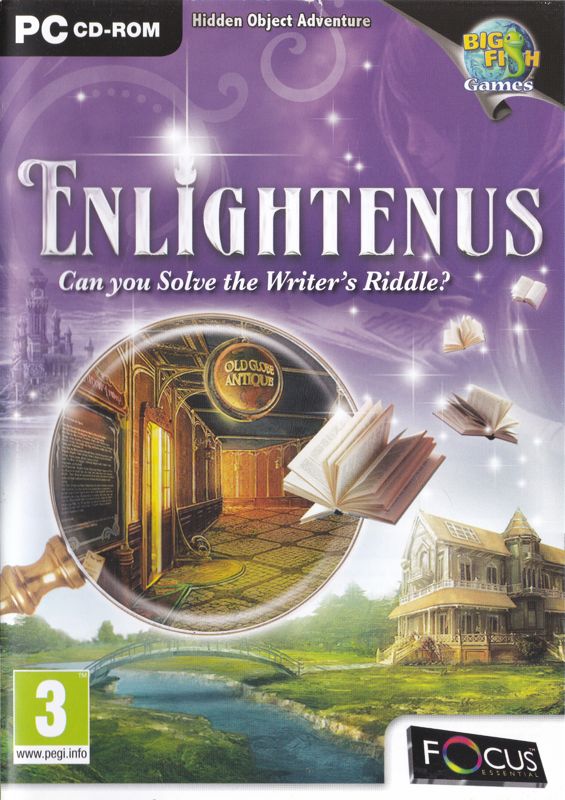
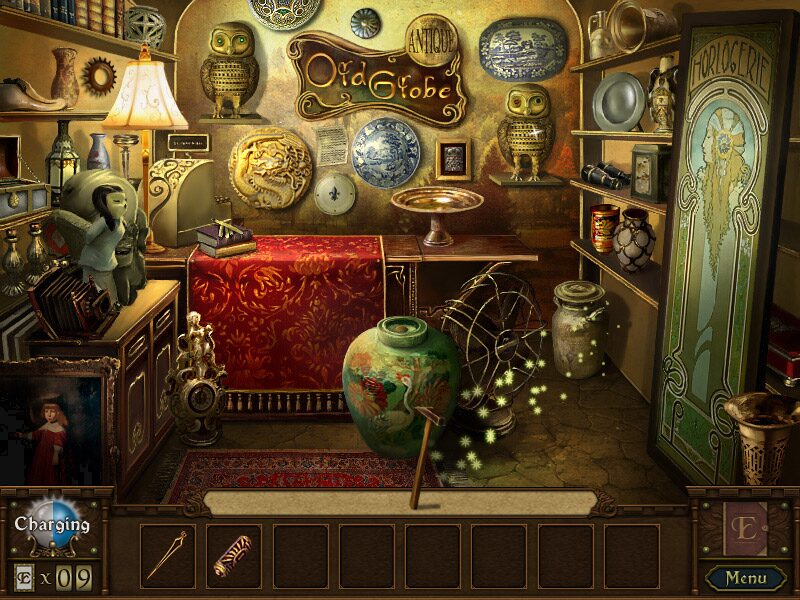
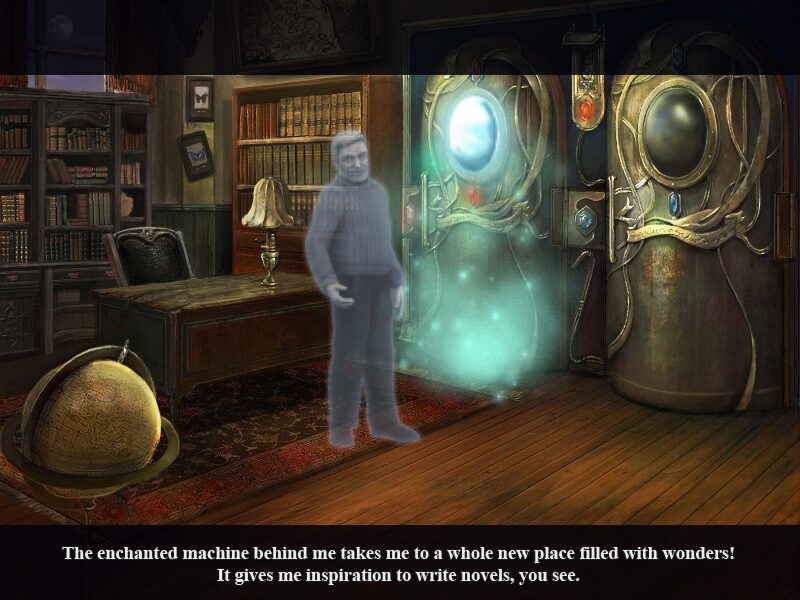
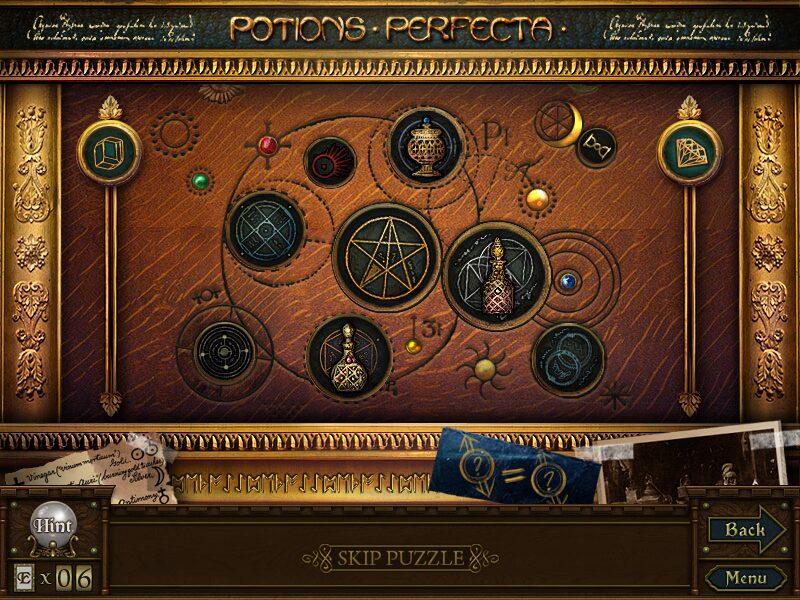
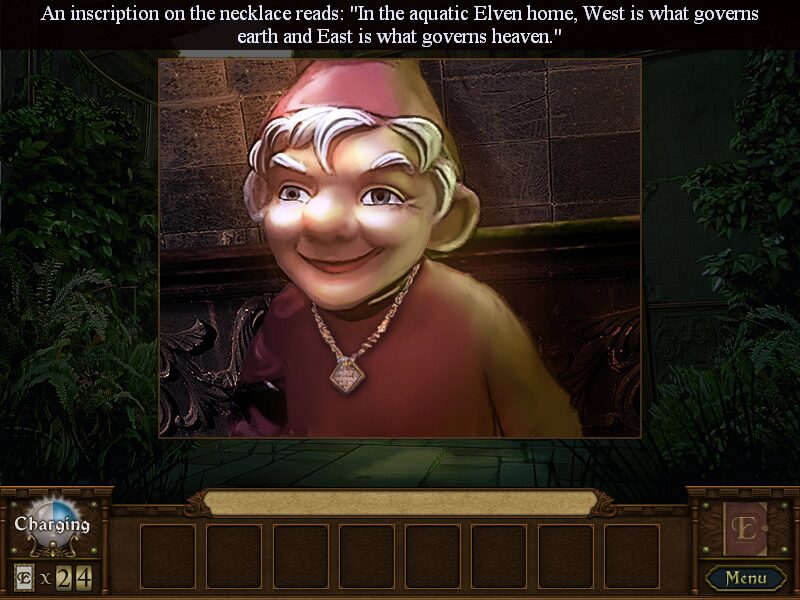
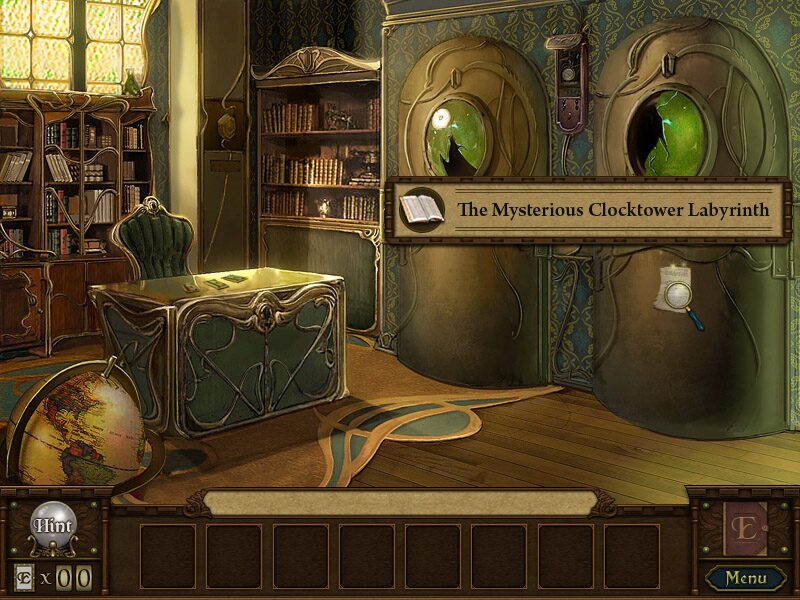

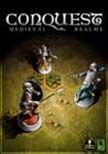

Reviews
There are no reviews yet.